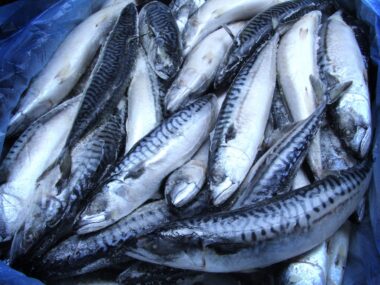Pawpaw, also known as the “custard apple” or “American pawpaw,” is a tropical fruit native to the United States. It belongs to the Annonaceae family and is botanically known as Asimina triloba.
Characteristics of Pawpaw

- Appearance: Pawpaws are typically large, greenish-yellow fruits that can reach the size of a small banana. They have a lumpy, uneven surface and turn yellow and slightly soft when ripe.
- Flavor: Pawpaws are known for their unique flavor, often described as a combination of banana, mango, and melon. They have a sweet and custard-like texture, which is why they are sometimes called “custard apples.”
- Seeds: Pawpaws contain large, dark brown seeds that are inedible. These seeds need to be removed before eating the fruit.
Cultivation and Growing Conditions
- Geographical Range: Pawpaws are native to the eastern United States and can be found from the Gulf Coast to southern Ontario, Canada.
- Climate: They thrive in temperate climates with mild winters and hot summers. Pawpaws are hardy trees, able to withstand cold temperatures during the dormant season.
- Soil: Well-drained, fertile, and slightly acidic soil is ideal for pawpaw trees. They can tolerate a range of soil types but prefer rich, loamy soil.
- Pollination: Pawpaw trees are not self-pollinating, and they rely on flies and beetles for pollination. Multiple trees or varieties are often necessary for successful fruit production.
Nutritional Value
Pawpaws are not only delicious but also nutritious. They contain:
- Vitamins A and C
- Several B vitamins
- Dietary fiber
- Minerals like magnesium and potassium
- Antioxidants
- Small amounts of protein and healthy fats
Culinary Use
Pawpaws are versatile in the kitchen and can be used in various ways:
- Fresh Consumption: Simply scoop out the flesh and eat it fresh. The flavor is best when the fruit is fully ripe.
- Baking: Pawpaw pulp can be used in pies, cakes, muffins, and bread, adding a unique, tropical flavor to baked goods.
- Smoothies: Blend pawpaw with other fruits like bananas and mangoes to create creamy and sweet smoothies.
- Ice Cream and Sorbet: The custard-like texture makes pawpaw an excellent base for homemade ice cream and sorbet.
- Jams and Preserves: Pawpaw can be used to make jams, jellies, and preserves, preserving the unique taste of the fruit.
Health Benefits
Pawpaw has been used traditionally for its potential health benefits, such as:
- Supporting digestion due to its dietary fiber content.
- Providing essential vitamins and minerals for overall health.
- Acting as an antioxidant, potentially reducing oxidative stress.
Challenges in Pawpaw Cultivation
While pawpaw is a unique and flavorful fruit, there are challenges to its cultivation and consumption:
- Short Shelf Life: Pawpaws have a short shelf life and are best enjoyed fresh, which can limit their availability in stores.
- Limited Distribution: They are primarily grown in a specific geographical region, making them less common in many parts of the world.
- Pollination: As mentioned earlier, pawpaw trees require proper pollinators for fruit production, which can be challenging to establish.
Pawpaw is a special fruit known for its rich, tropical flavor and unique custard-like texture. It is gaining popularity among food enthusiasts and can be a delightful addition to various culinary creations, especially when enjoyed fresh and fully ripe.
If you have access to pawpaws, consider trying them in different recipes to experience their delicious and distinctive taste










